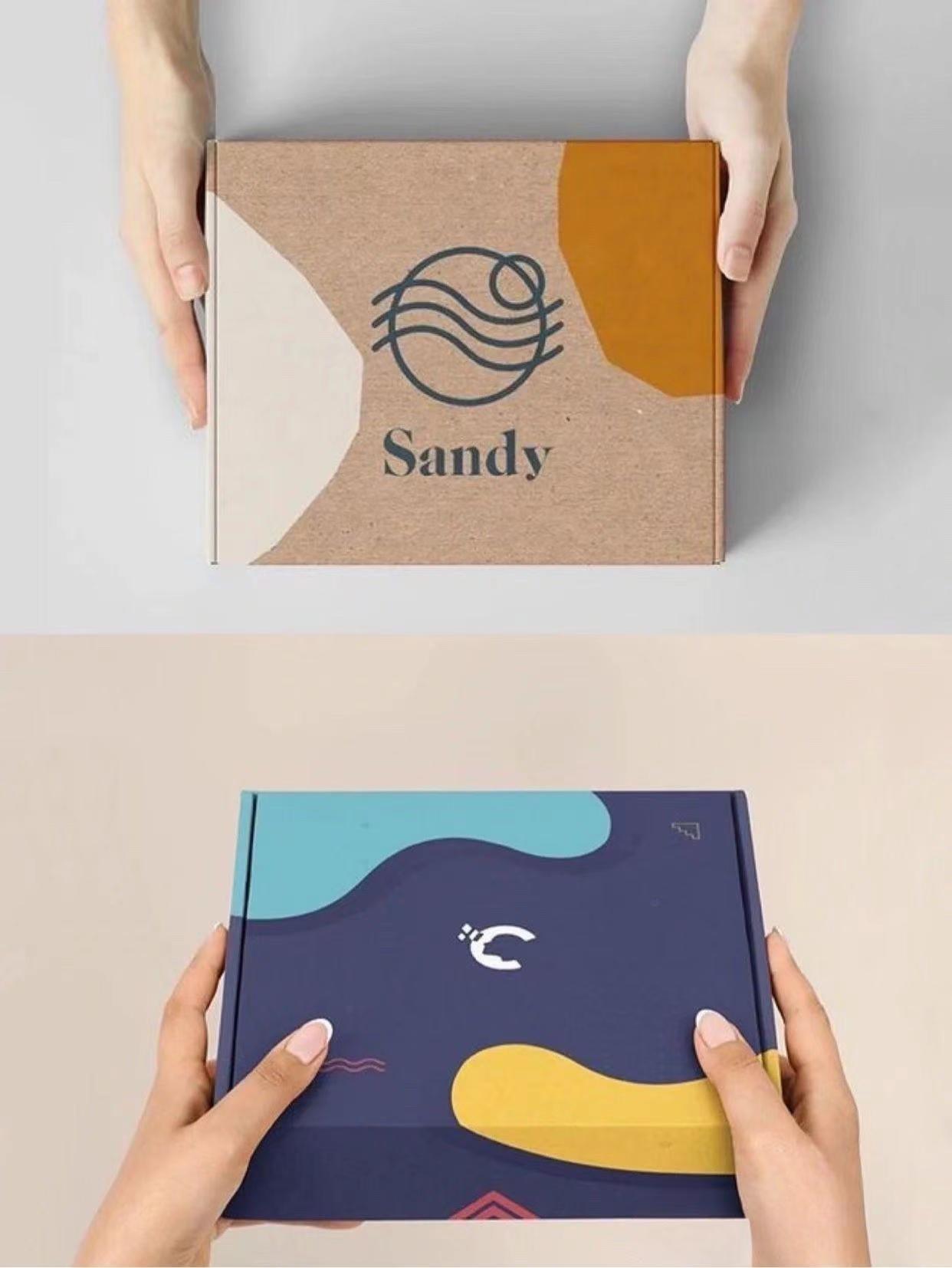Cartons serve as essential packaging materials for a wide range of products, from food items to electronics and beyond. The type of paper used for printing cartons plays a crucial role in the packaging's durability, appearance, and overall quality. In this article, we will delve into the various types of paper commonly used for printing cartons, examining their characteristics, applications, and advantages.
Kraft Paper: Kraft paper, known for its strength and durability, is one of the most widely used materials for printing cartons. It is made from wood pulp produced by the kraft process, which involves treating wood fibers with chemicals to enhance their strength. Kraft paper is available in various thicknesses and grades, making it suitable for a wide range of packaging applications. Its natural brown color lends a rustic and eco-friendly appearance to cartons, making it popular for packaging organic and natural products.
Corrugated Board: Corrugated board, often referred to as cardboard, is another common material used for printing cartons. It consists of a fluted corrugated medium sandwiched between two layers of linerboard. Corrugated board is prized for its strength, rigidity, and cushioning properties, making it ideal for shipping and protecting fragile items. It can be printed with vibrant graphics and designs to enhance brand visibility and appeal. Corrugated board is available in various flute sizes and grades, allowing for customization based on specific packaging requirements.
White Cardboard: White cardboard, also known as paperboard or solid bleached sulfate (SBS) board, is a lightweight and versatile material used for printing cartons. It is made from bleached wood pulp and features a smooth, bright white surface that provides an excellent base for high-quality printing and graphics. White cardboard offers superior printability and color reproduction, making it ideal for packaging products with intricate designs or vibrant colors. It is commonly used for packaging cosmetics, pharmaceuticals, and consumer goods where visual appeal is important.

Recycled Paper: Recycled paper is gaining popularity as an eco-friendly option for printing cartons. It is made from post-consumer waste paper that has been processed and re-pulped to create new paper products. Recycled paper retains many of the properties of virgin paper while reducing the environmental impact of paper production. It is available in various grades and can be used for printing cartons, particularly for brands seeking to enhance their sustainability credentials.
Specialty Papers: In addition to the above-mentioned types, various specialty papers are used for printing cartons to meet specific packaging needs. These may include grease-resistant paper for food packaging, moisture-resistant paper for perishable goods, and metallic or holographic paper for luxury packaging. Specialty papers offer unique properties and aesthetic effects that can help products stand out on the shelf and create a memorable unboxing experience for consumers.
Conclusion: The choice of paper for printing cartons depends on factors such as product type, packaging requirements, branding objectives, and sustainability considerations. By selecting the right type of paper, brands can create packaging that not only protects and promotes their products but also aligns with their values and enhances the overall customer experience. Whether it's the strength of kraft paper, the versatility of corrugated board, the elegance of white cardboard, or the eco-friendliness of recycled paper, each type of paper brings its own unique advantages to the world of carton printing.
© Copyright: Shenzhen Asoka Printing Co.,Ltd All Rights Reserved. sitemap.xml | sitemap.html | Terms & Conditions | Privacy